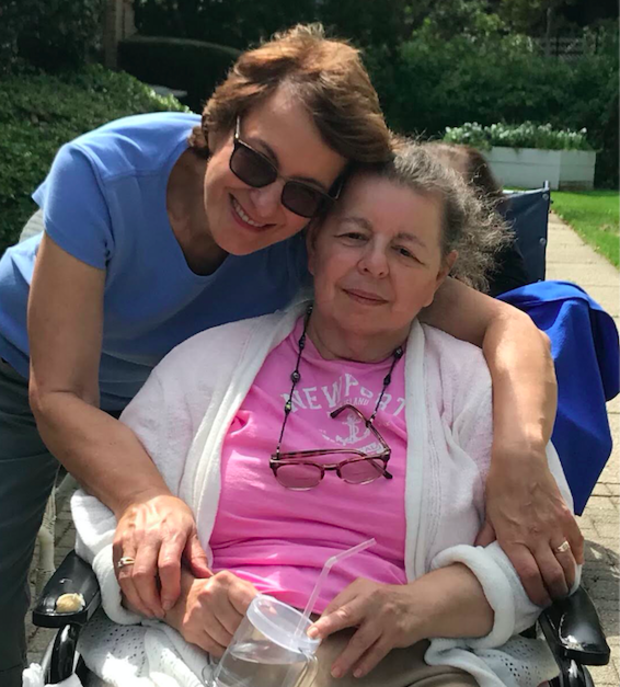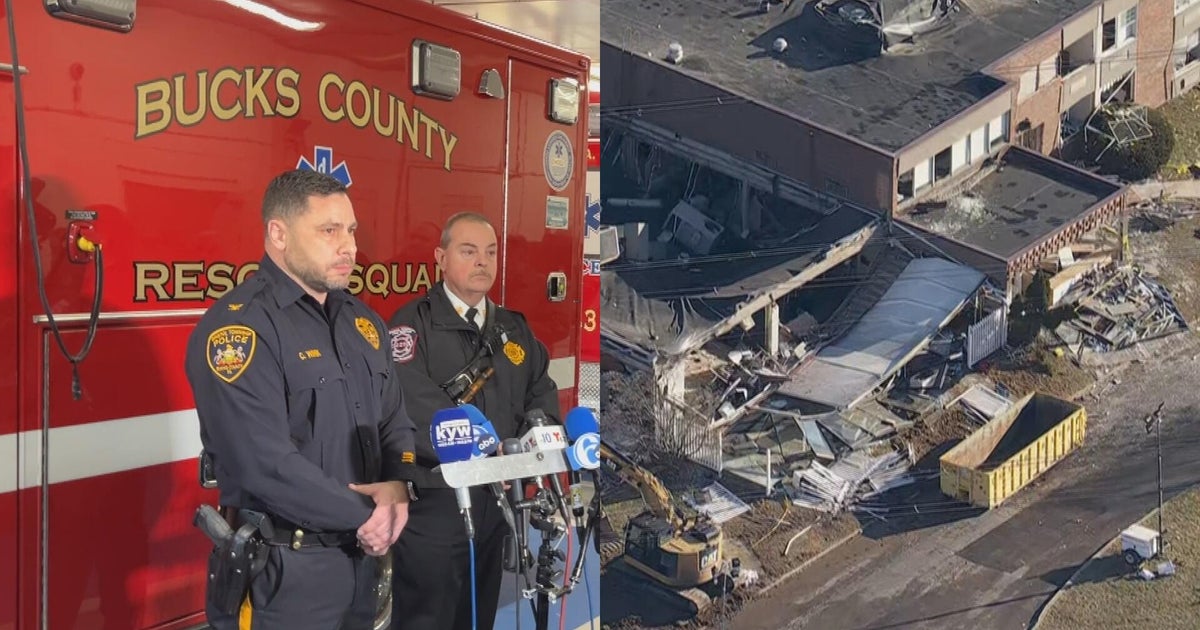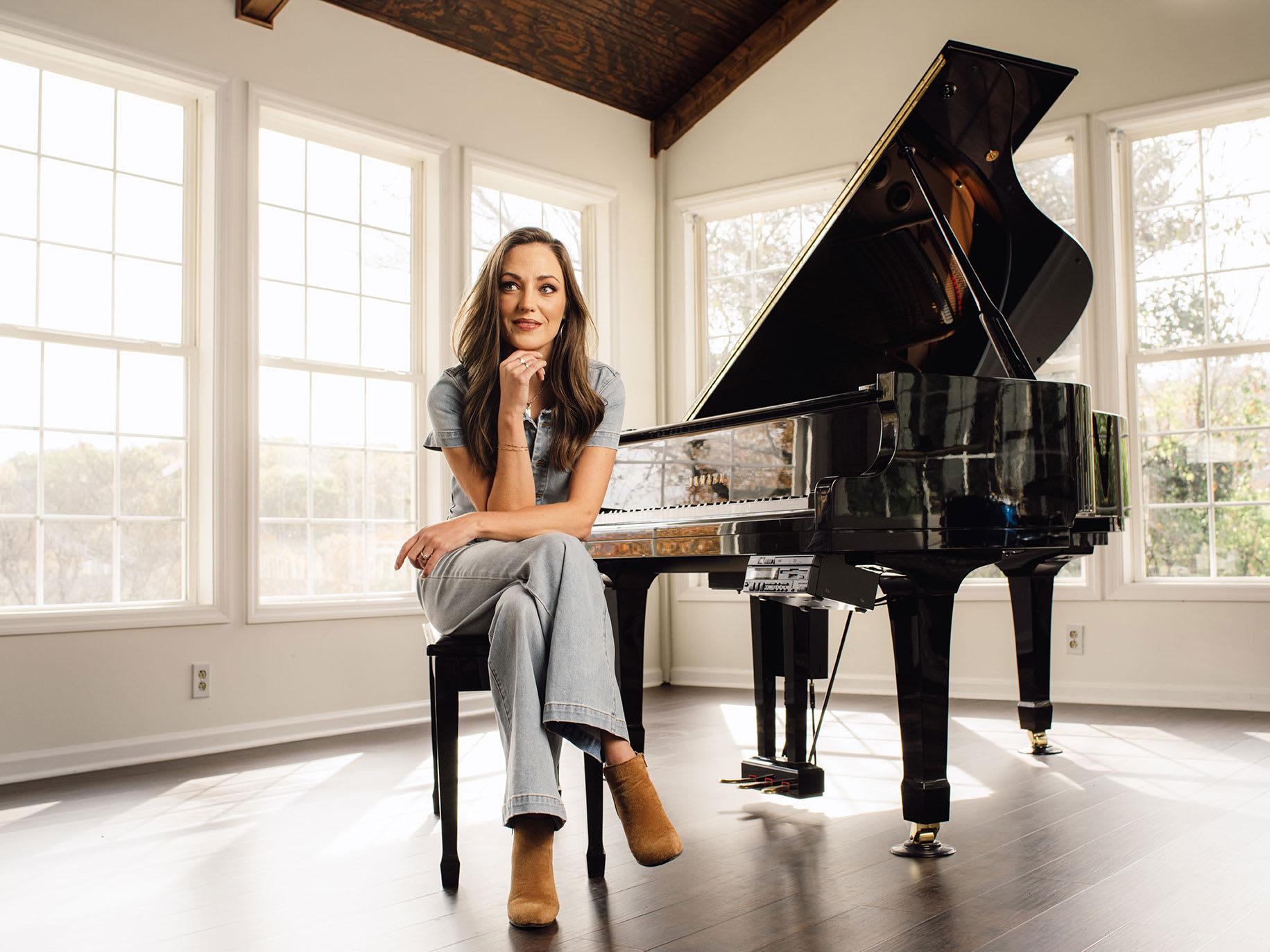COVID-19 again tearing through nursing homes, as death toll rises
Americans who live in nursing homes, and the people who care for them, are holding on for dear life. Nearly 4,000 residents of long-term care facilities around the U.S. died of coronavirus-related causes during the week of Nov. 29, industry data show, as COVID-19 rages on.
"Your heart is being ripped out as you're telling a family member their loved one has COVID," said Bethany Murray, the administrator at Cedar Crest Nursing and Rehabilitation Center in Sunnyvale, California, in recounting how the disease has ripped through eldercare facilities.
Indeed, nursing homes account for as much as 40% of the more than 290,000 U.S. deaths during the pandemic. Now, with nursing home residents and employees among the first in line for a COVID-19 vaccine, help is on the way. But the latest surge in cases is leaving some workers in nursing homes, assisted living facilities and other eldercare organizations — many short-staffed and low on funds — weary and demoralized.
"Powerless to fully prevent it"
The renewed spike in infections has been alarming enough that Mark Parkinson, CEO of the American Health Care Association and National Center for Assisted Living, acknowledged last month that nursing homes "are powerless to fully prevent it from entering due to its asymptomatic and pre-symptomatic spread."
Parkinson, in underscoring the difficulty of keeping residents and staffers safe, also pushed for early access to the vaccine.
"These are congregate settings where people are living two or more per room," said Tamara Konetzka, a professor of health services at the University of Chicago and a nationally recognized expert on long-term care. "And staff go room-to-room because people need hands-on care at all hours, every day, and have underlying conditions. It's obviously a very risky setting."
"We can't put residents in a bubble and seal them off — they're in there because they need care. Having people going in and out every day — even if we follow guidelines and test people two times a week in a virus hotspot, that still may not be enough — the virus may still enter," she added.
"It's all hands on deck"
One major challenge for many nursing homes as COVID-19 cases climb: Ensuring sufficient staffing while also controlling employees' exposure to potential virus carriers.
"We've had a historic shortage of health care workers that's been magnified by the pandemic," said Leonard Russ, owner and operator of Bayberry Care Center, a nursing home located in New Rochelle, New York, once the epicenter of the virus in the region.
"A lot of staff work at multiple facilities. They are full-time at one and part-time at another, so we don't know always where they were in real time. They could have been at a facility that had an outbreak and then come to us not knowing they were possibly infected," Russ said.
Even though Bayberry screens everyone who enters the building, which includes temperature checks, such precautions are not sure to stop the virus. "All I can validate is their temperature, and just because they don't have a temperature doesn't mean they don't have COVID. It's tough. We're walking on eggshells every day," Russ said.
Staffing shortages have also plagued long-term care facilities in California, among the hardest-hit states in the latest coronavirus wave. Nursing home residents represent less than 0.5% of the state's population, but account for more than a quarter of all deaths related to COVID-19, according to the California Department of Public Health.
"When workers go home and get exposed, they often unknowingly bring COVID into the building because the virus can be asymptomatic," explained Deborah Pacyna, director of public affairs at the California Association of Health Facilities. "When there is an outbreak, staff must quarantine for 14 days, so other staff often work double shifts, and the facility contacts nurse registries, sister facilities and county public health for assistance,"
"It's all hands on deck," she added. "I know of one administrator who took on kitchen cooking duties for 16 hours a day recently to get through their outbreak."
Long hours, low pay
Worker shortages at many nursing homes are also a function of the stressful working conditions and modest pay. Melinda Mo'Nae Rawls, a receptionist at Omni Continuing Care near Detroit, nearly walked off her job at the nursing home. Workers' top complaints: insufficient personal protective equipment and low wages.
Negotiations with management eventually led to a bump in pay for Rawls to $12.73 an hour, from $10.95, and more equipment.
"We've finally got proper PPE gear," she told CBS MoneyWatch. "Early on we didn't have the proper anything."
For nursing home administrators, especially small and independent operators, battling COVID-19 has also presented significant financial challenges. Russ at Bayberry Care Center in New York said the facility's weekly costs include $8,000 to test residents and staff, and an additional $4,000 to $5,000 dollars for PPE.
"For a small facility over the course of a year, it's hundreds of thousands of dollars with no reimbursement," he said.
"You become their lifeline"
Jane Zucker, whose sister, Joyce Sack, 73, has Parkinson's disease and has been a Bayberry resident for four years, was terrified when she learned Sack had come down with the coronavirus in March.
"It was really scary. I thought she would get really sick and die. We knew how bad COVID was and we were really worried about the whole thing," Zucker said.
Thankfully, Bayberry's nurses, with whom she already had longstanding relationships, were in constant contact. "They're so cautious. You have to let so much go and trust the people there because you're just not there," Zucker said.
Cedar Crest Nursing, a 99-bed facility, had five residents test positive in early April. The infection spread to 44 residents and 19 employees over the following 12 days. Murray, 23, described the outbreak as "the most stressful and painful thing I've ever gone through."
Churches, schools and the local rotary club supplied the facility with face masks, gowns and other personal protection equipment during the outbreak, which had Murray and her staff working 12- to 14-hour shifts for six weeks.
Said Murray, "Our residents are really dependent upon us. When you have an outbreak, you become their lifeline and the family's lifeline."







